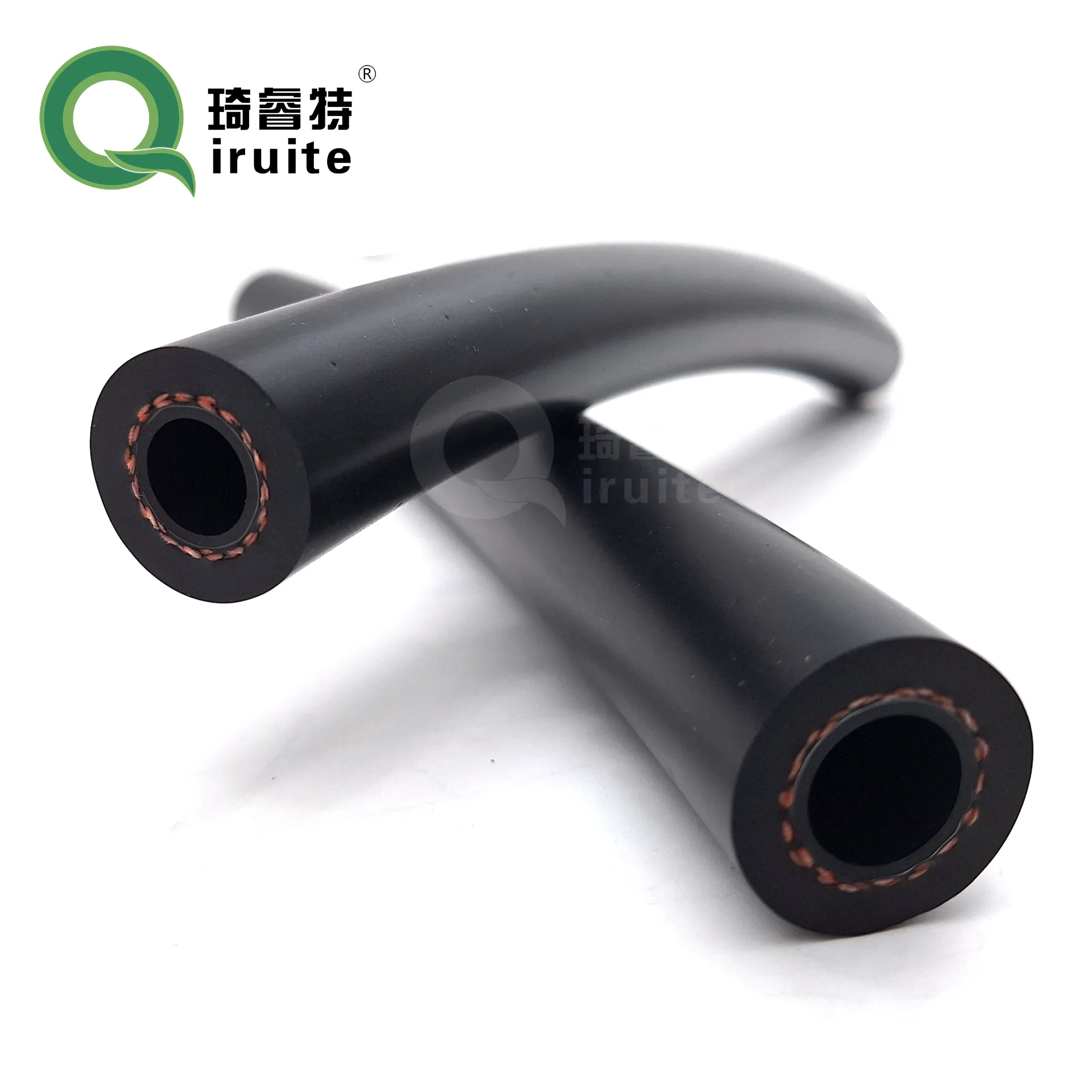low pressure power steering hose replacement
Low Pressure Power Steering Hose Replacement A Comprehensive Guide
Power steering systems are essential for the smooth and easy maneuverability of vehicles, making driving a more enjoyable experience. One of the key components of this system is the power steering hose, specifically the low pressure power steering hose. Over time, this hose can wear out or become damaged, leading to leaks or steering difficulties. Replacing a low pressure power steering hose is a necessary yet manageable task for many DIY enthusiasts and can save you a significant amount of money compared to taking your vehicle to a mechanic. This guide will take you through the steps needed to replace a low pressure power steering hose effectively.
Understanding the Low Pressure Power Steering Hose
The low pressure power steering hose connects the power steering pump to the steering gear. Unlike the high pressure hose, which delivers fluid from the pump to the steering gear under pressure, the low pressure hose returns the fluid after it has been used. Being under less pressure, this hose is generally less robust and can be more susceptible to wear and tear. Signs that your low pressure hose may need replacement include fluid leaks, difficulty in steering, or a whining noise when turning the steering wheel.
Tools and Materials Needed
Before starting, gather the following tools and materials
- New low pressure power steering hose - Socket set and ratchet - Wrench set - Pliers - Fluid catcher (oil pan) - Power steering fluid - Safety goggles and gloves - Shop towels or rags
Step-by-Step Replacement Process
1. Preparation Park your vehicle on a flat surface, turn off the engine, and allow it to cool. For safety, engage the parking brake. Wear safety goggles and gloves to protect yourself from any spills.
low pressure power steering hose replacement

2. Locate the Hose Open the hood and locate the power steering reservoir and the low pressure power steering hose. This hose typically runs from the power steering pump to the steering gear.
3. Drain the Power Steering Fluid Place the fluid catcher underneath the vehicle to catch any fluid that may spill. Loosen the hose clamps on both ends of the low pressure hose using pliers or a socket wrench. Carefully detach the hose, allowing the remaining fluid to drain into the pan.
4. Install the New Hose Take the new low pressure power steering hose and attach it to the power steering pump and steering gear. Make sure the connections are tight and secure. Reinstall the hose clamps to ensure that there are no leaks.
5. Refill Power Steering Fluid Once the new hose is securely in place, refill the power steering reservoir with the appropriate type of power steering fluid as specified in your vehicle’s owner manual. Be cautious not to overfill.
6. Check for Leaks Start the engine and let it idle for a few minutes, then turn the steering wheel left and right to circulate the fluid. Check the connections of the new hose for any signs of leaks. If everything looks good, turn off the engine.
7. Clean Up Wipe any spilled fluid and dispose of it according to your local regulations. Clean your tools and store them properly.
8. Test Drive Take your vehicle for a short test drive. Pay attention to the steering feel and listen for any unusual noises. If everything operates smoothly, your replacement was successful!
Conclusion
Replacing the low pressure power steering hose is a straightforward task that can restore your vehicle’s steering performance and prolong the life of your power steering system. While this guide provides a solid framework for the replacement process, always refer to your vehicle’s service manual for specific instructions tailored to your make and model. With patience and attention to detail, you can complete this repair confidently, ensuring a safer and more enjoyable driving experience. Regular maintenance and timely replacements will keep your power steering system in prime condition for years to come.
-
Ultimate Spiral Protection for Hoses & CablesNewsJun.26,2025
-
The Ultimate Quick-Connect Solutions for Every NeedNewsJun.26,2025
-
SAE J1401 Brake Hose: Reliable Choice for Safe BrakingNewsJun.26,2025
-
Reliable J2064 A/C Hoses for Real-World Cooling NeedsNewsJun.26,2025
-
Heavy-Duty Sewer Jetting Hoses Built to LastNewsJun.26,2025
-
Fix Power Steering Tube Leaks Fast – Durable & Affordable SolutionNewsJun.26,2025

